Buying clothes is easy. These days, you don’t even have to leave your house. Simply click a button, and a few days later, the pants you ordered appear outside your door. It’s a mindless process, with the most difficult choice being whether to order the shirt you like in a shade of blue or green.

Making the clothing, though? That’s a different story.
With so many degrees of separation between us and the people who make our clothes, we rarely give much thought to the labor that went into their creation … and we usually care more about how much it costs to buy a dress, sweater, or pair of jeans than the price it costs to make them.
But what does go into making a piece of clothing? How much does production cost? Furthermore … why should you care?
All great questions. Let’s dive in.
The Story of Fabric Production: from Seed to Fabric
Have you ever thought about how fabrics are made? The answer varies, but many come from plant or animal products. If we traced our clothing back to the very beginning, we’d start at a farm where cotton was planted or where sheep produced wool. Each of these processes have an environmental impact, with some materials (organic cotton, organic linen, etc.) being more sustainable than others (polyester, rayon, etc.).
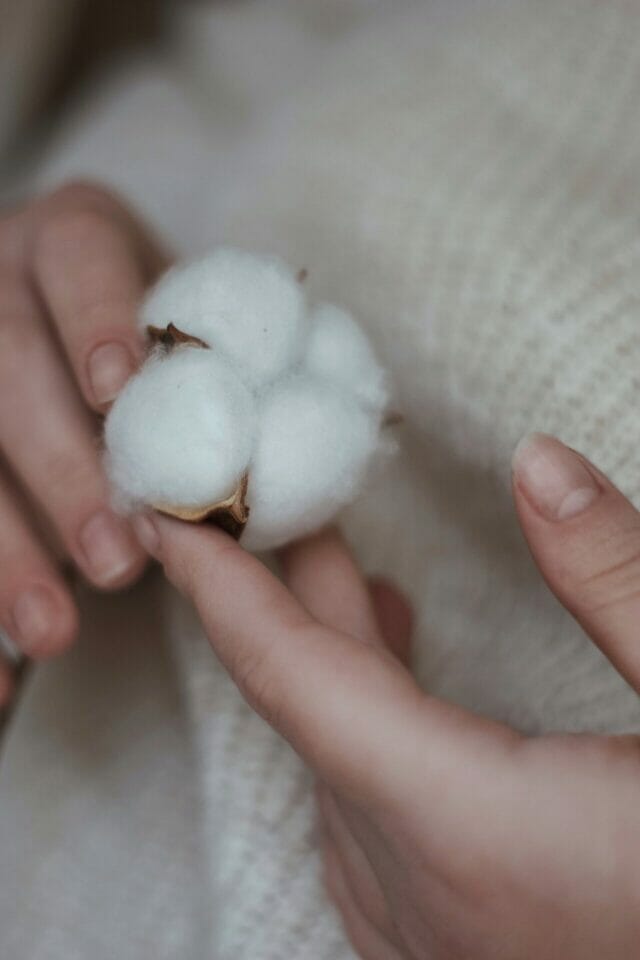
Let’s use cotton as an example.
Cotton starts as a seed. It’s planted in the spring and takes about two months to produce a bud, which takes a few more weeks to blossom. After changing colors, the blossoms fall off and leave behind a pod called a cotton boll. Inside the bolls are fibers, which expand in the sun until they split the boll and appear as cotton.
Of course, farmers tend to the cotton the entire time it’s growing by watering, weeding, and eventually harvesting the plants. Traditional cotton farming relies on synthetic pesticides and fertilizers, which makes the growing process easier, but are much worse for the environment. Organic cotton farming avoids these chemicals and often relies on rainfall instead of an irrigation system to water the plants, using up less water from natural ecosystems. This makes organic cotton more difficult to grow and it yields less crops, causing it to be more expensive … but also much more environmentally-friendly.
Textile material: from fibers to fabric
Once the cotton has been harvested, it’s fed through a machine called a gin. The gin cleans off dirt, stems, and leaves and separates the fibers from the seeds. The fibers are then collected into bales and taken to textile mills.
At the mills, the bales of cotton are cleaned, fluffed, and separated into “slivers.” The slivers are put into a spinning device which twists them, turning them into yarn. A loom is then used to interlace the yarn, creating fabric. It’s a complex process with many steps, requiring a lot of work.
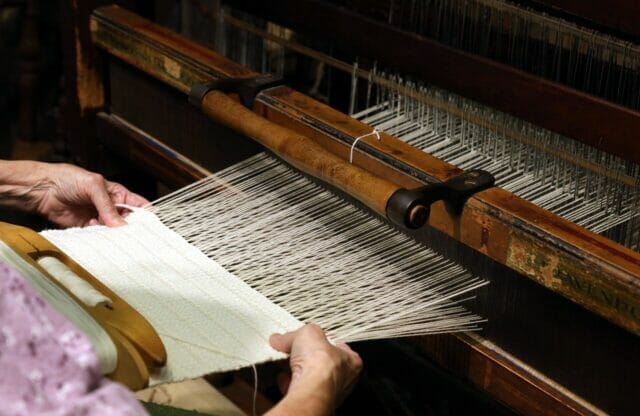
Completed fabrics can then be bleached, shrunk, and dyed. Most fabrics are colored with synthetic dyes, using chemicals that can potentially be toxic. It’s also a water-intensive process, using large amounts of energy to heat the water. There are sustainable dyeing alternatives however, which are better for people and the planet–many sustainable brands use eco-friendly dyes and find ways to clean and cool wastewater before releasing it.
Once the fabric has been dyed, it’s ready to be sold and turned into clothing.
How Clothes are Made: The Manufacturing Process
While the process may look slightly different depending on the garment being made, below are a few steps common to the process of manufacturing clothing. Some steps are usually automated, but others are not–and human hands are always there to guide every step along the way.
1. Relaxing the fabric
First things first. To prevent fabrics from shrinking once they reach the consumer, garment manufacturers “relax” the fabric, or release tension from the material. This can be done manually or mechanically, and it can be a time-consuming process, but it’s necessary! Relaxing ensures an accurate cut–without it, fabric may shrink and ruin the plans for the garment.
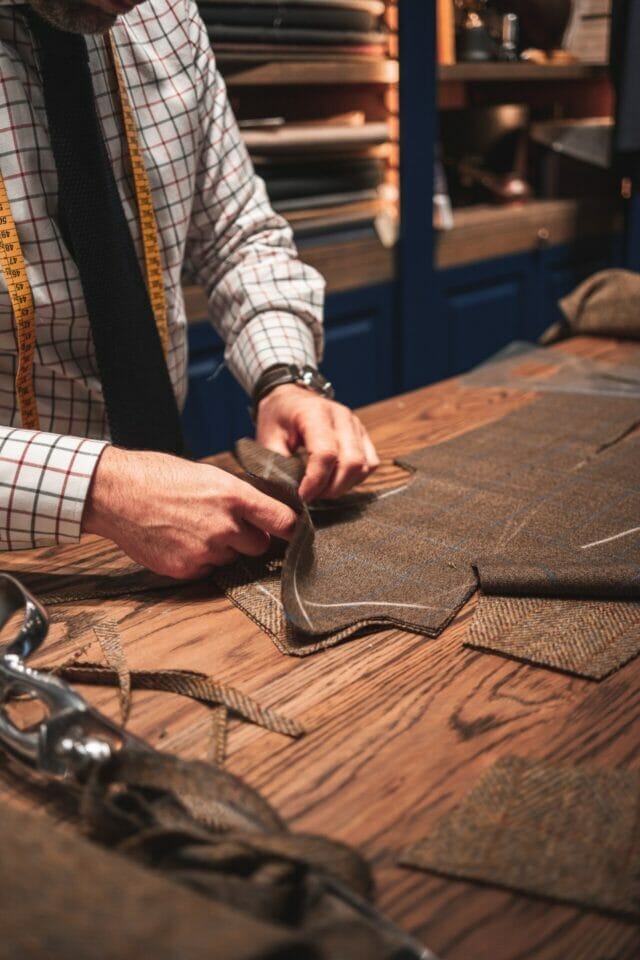
2. Cutting and spreading textiles
Once fabric has been relaxed, it’s cut into uniform sections and spread to identify defects and ensure each ply of fabric is aligned. Patterns are then laid on top of the fabric, where it’s cut to the shape of the pattern either manually or mechanically, depending on the facility.
3. Sewing at the factory
After the cut pieces of fabric are organized and bundled, garment workers begin sewing. Often, garments are sewn in an assembly line, with makers repeatedly sewing a portion of each garment and passing it along to the next person in line to sew the following section. One person may attach the sleeves, for example, while the next person sews on the buttons.
Sewing is a labor-intensive process and may only be done manually, with real people guiding the stitches. Of course, the more detailed a garment it is, the longer it takes. Unfortunately, with fast fashion’s impact on the fashion industry, many garment makers work long days and are paid below minimum wage while working in less than ideal conditions.
For a glimpse into what working in a factory for a sustainable clothing brand looks like, watch the video below:
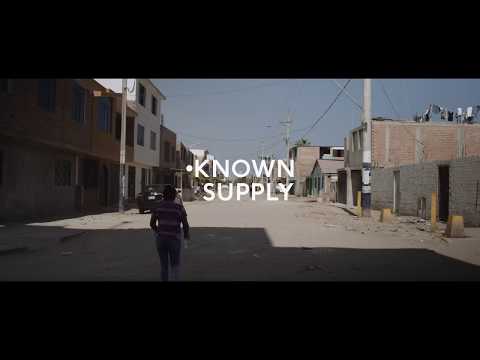
4. Fusing and pressing clothes
Fusing and pressing both have a big impact on what a garment will look like once it’s finished. Once a piece of clothing has been sewn, workers iron it in another station at the factory. They apply steam, heat, and pressure to further relax the fabric, making it pliable enough to set in its desired position. Fusing creates the foundation of the garment, while pressing seals it. This process is often done by hand.
5. Packaging and shipping clothing
Finally, finished products are folded, tagged, packaged, and shipped to client distribution centers. They are then sold in retail stores–the part of the process we’re all familiar with. When we see identical pieces of clothing hanging on racks and stocked on shelves, it’s easy to forget all the work that came before. So, remember: Each shirt, dress, and pair of pants you own was handled and sewn by real people.
That’s not to mention all the steps in between. Quality assurance checks, reworking and mending, laundering, and more … and, of course, the work that goes into making the fabric itself.
All in all, making clothing is a complex and time-consuming process, and as the old adage goes, “Time is money,” so clothing should probably be pretty expensive to create. Right?
Right.
But it’s pretty easy to find a $5 t-shirt these days, so corners are being cut somewhere. Let’s dive into the process of how much it costs to make a garment so we can better understand what’s going on here.
The Price of Clothing Production
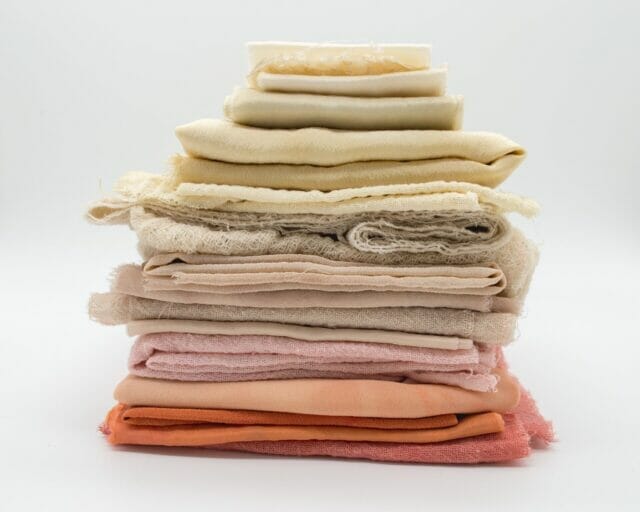
Price of Fabrics
The first cost to consider when creating a piece of clothing is obvious: the material.
Sustainable and high-quality fabrics are naturally more expensive. They often come from plants and animals and involve paying fair prices to the farmers and weavers who produce them. Fabrics used for fast fashion pieces, however, are largely made from synthetic materials, which are much cheaper to produce, but worse for the environment.
Price of Small Details
Beyond the fabric, many garments are also made with additional details, like buttons, zippers, trim, elastic, and more. These all add to the price of production, and more intricate pieces are more expensive–both because of the price of the individual components, and the additional labor that goes into sewing them on.
Price of Fashion Development
This is a huge cost that may be unfamiliar to those of us who don’t work in apparel production. Clothing brands create patterns for factories to use, then have samples of their designs made to test fit and sizing before a garment is released to the public. It’s costly, but an important piece of quality control. Mallory Ottariano, who owns the brand Youer, revealed it cost $1,200 for development of a single dress design, which added $4 to the price of the 300 dresses her brand had made.
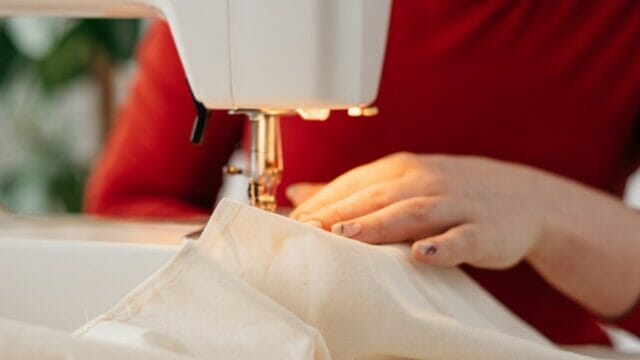
Price of Packaging and Transportation
Once the clothing has been made, brands have to worry about packaging and shipping costs. After all, the clothing needs to get from the factory to the retail space somehow, and transportation is far from free.
Price of Labor: Clothing Makers
This is a big category, and one where fast fashion brands often choose to cut costs. Many brands search for the cheapest labor possible, without any concern about the pay or working conditions for garment makers. There are often safety concerns for workers in these factories. Consider, for example, the collapse of the Rana Plaza factory in 2013, which killed 1,135 people. Dozens of brands still manufacture in Bangladesh, where this tragedy occurred, without having signed the International Accord for building safety.
Possibly equally as shocking is the percentage of fashion workers who earn a living wage worldwide: only an estimated 2%. Even here, in the United States, an investigation into thirteen major retailers in Los Angeles uncovered sweatshops paying their workers as little as $5 per hour, violating labor laws. This affects a huge number of workers.
Paying workers less than they deserve has sadly been normalized in the fashion industry. This absolutely needs to change. In addition to using eco-friendly materials and processes to create clothing, sustainable brands focus on paying fair prices to their makers, which is why their items may seem expensive in comparison.
Here’s a look into another ethical factory in Los Angeles:
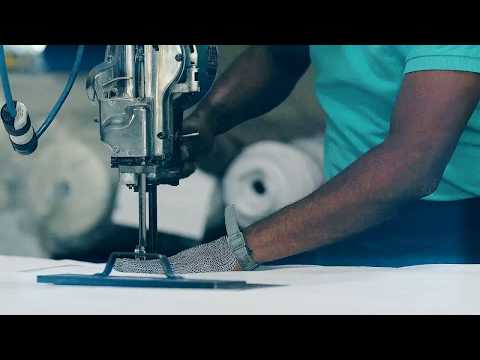
Miscellaneous Clothing Expenses
Brands also have other expenses to think about beyond the clothing production itself. Rent, utilities, operating expenses … all of this impacts the price of their products. It’s easy to see how these prices add up quickly, and that’s not even considering mark up, or the additional price a brand must add onto a piece of clothing to turn a profit.
While prices vary across each of the above categories, it’s clear creating clothing is an expensive and time-consuming process. As consumers, we don’t always consider the intricacies of how our favorite sweatshirt got from point A to our closet, but we should. Remake sums it up well: “By the time we get the blouse, we have no connection whatsoever to the hundred pairs of hands that have touched it along the way.”
If a t-shirt costs $5, we should question it. Is that brand exploiting their workers or using materials harmful to the environment? More than likely, the answer is yes.
We Can Impact Fair Prices for Clothing Makers
Money is a form of power, and it’s up to us to use our power for good. Every purchase we make is a vote with our wallet, and every vote counts.
By supporting brands that pay living wages, that have FairTrade certified sewing, and various other certifications to protect workers, we can support fair wages for the people behind the scenes making our clothes.
Where to Buy Fairly Priced Quality Clothing
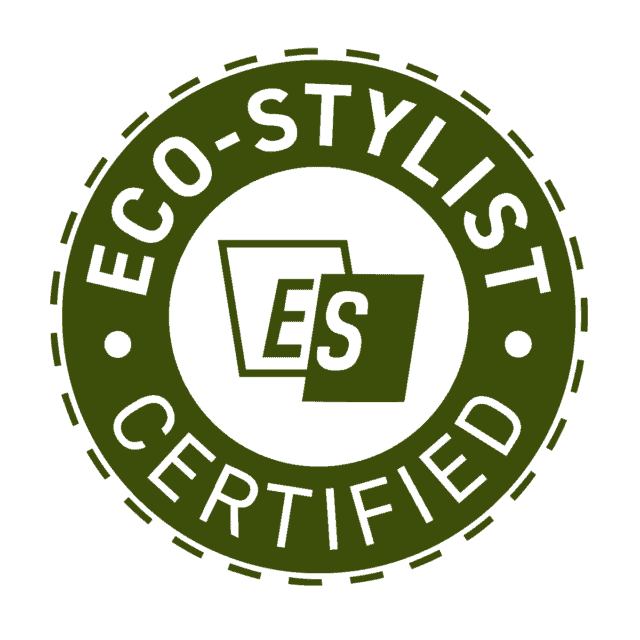
To purchase some fairly-priced clothing, we have two great resources for you. Take a look at our shop or browse our sustainable brand directory.
Change begins with you!

Celia Wiseman studied Communication and Creative Writing at the University of Iowa, and her growing interest in sustainable living led her to Eco-Stylist. In her free time she enjoys reading, writing, and making videos, as well as any other activity that allows her to get creative.









